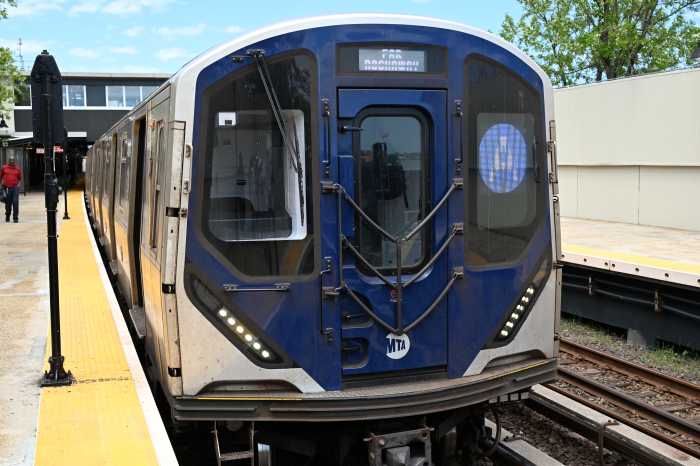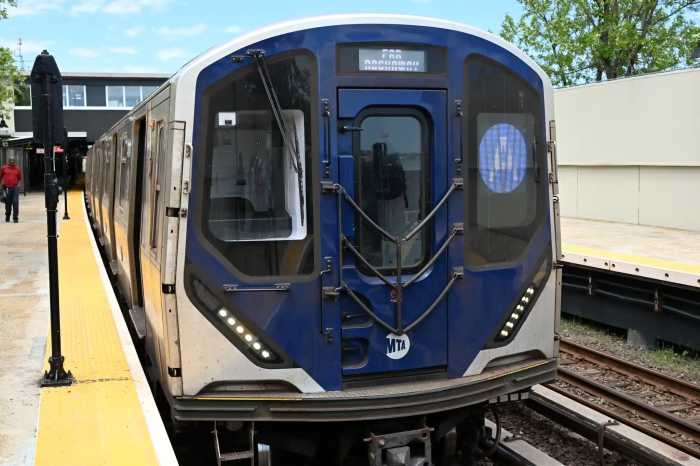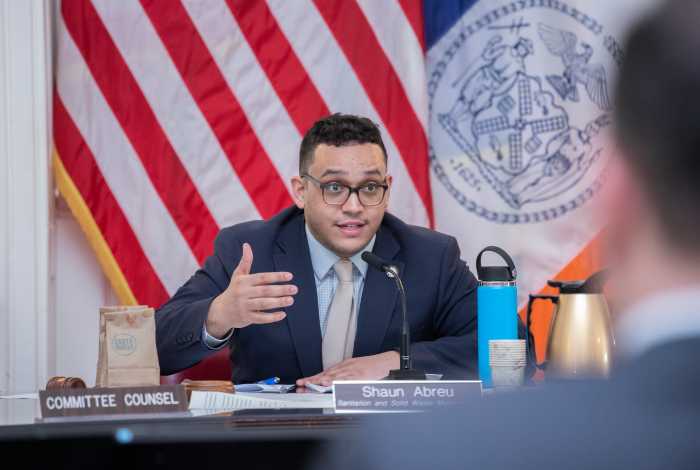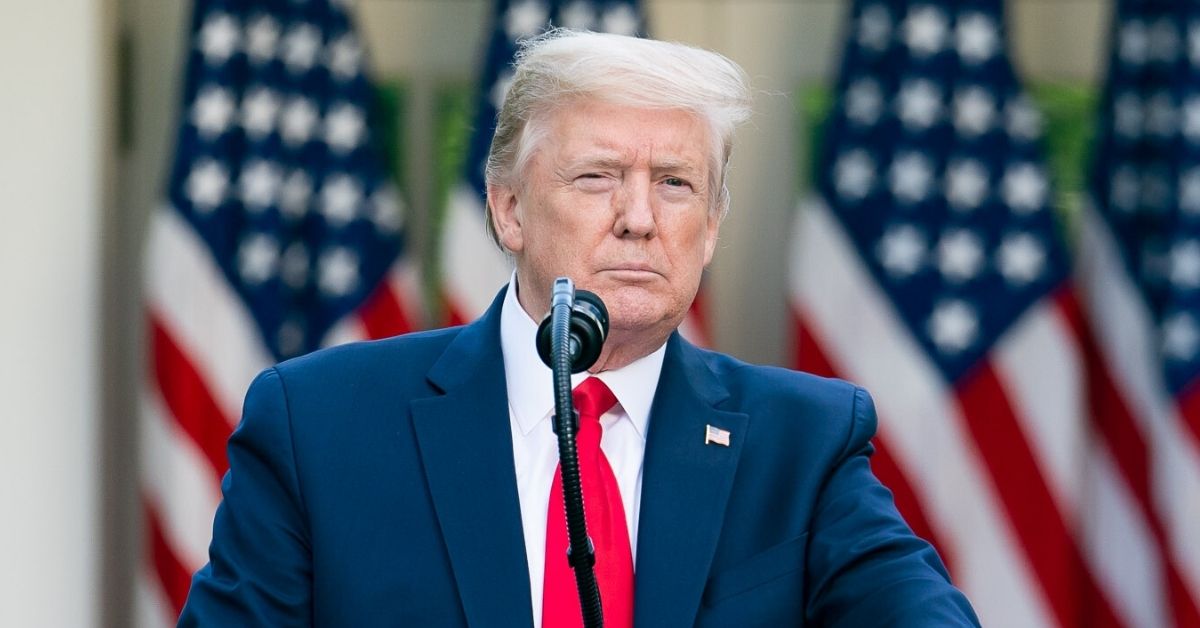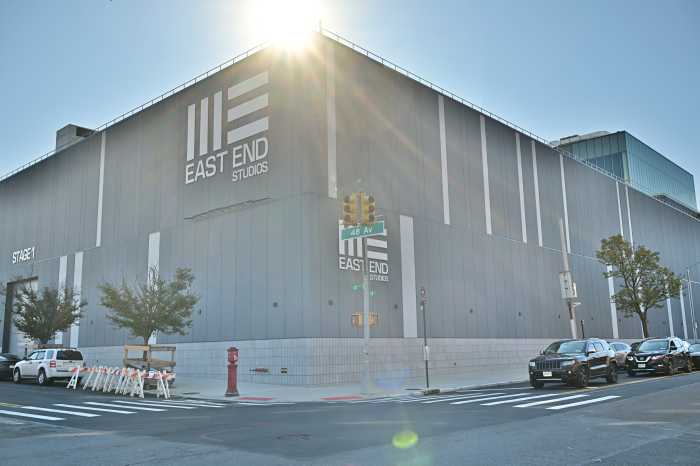The Metropolitan Transportation Authority will automate its toll booths at every crossing and bring colorful art and lighting to its bridges, Governor Andrew Cuomo announced Wednesday.
The projects are part of a larger bridge and tunnel overhaul from the governor that aims to better traffic speeds, storm resiliency and security at the gateways to New York City while also beautifying them.
“Now these crossings present both challenges and opportunities,” Cuomo said to a crowd in a New York Historical Society auditorium. “They are bottlenecks right now. There are security concerns about out tunnels and bridges in this age of terrorist activity and lone wolves. If you look at points of vulnerability, you’ll go to our tunnels and our bridges. So, really they have to be reimagined for a new reality. That’s what we’ve done.”
To reduce congestion, Cuomo announced that the MTA will automate tolls at all nine of its bridges and tunnels by the end of 2017. Toll booths will be swapped out for overhead gantries that would support cameras and scanners to read E-ZPasses. The licenses plates of commuters without E-ZPass will be photographed and a bill will be sent to the registered address of the vehicle owner.
Cuomo estimates that these changes will shave 21 hours of time from a driver’s commute each year.
The gantries will not be completely exposed, though. Cuomo also announced that the toll plazas will be redesigned and covered with art installations under a common “wave” motif. Each installation varies, but they will all feature “a chainmail fabric that moves with the wind,” representing the oscillation of waves, in an attempt to pay homage to New York Harbor.
Bridges themselves will be redecorated, too.
Spans like the Verrazano and Henry Hudson bridges will be adorned with colorful LED lights that could change depending on the holiday or celebration. Cuomo said he was inspired by other bridges from around the world and hopes that the lighting could help turn the crossings into tourist attractions.
The installation of automated toll facilities and LED bridge lighting is estimated to cost $500 million and will be sourced from the MTA’s $27 billion capital plan, according to Cuomo. Operations of the automated toll booths will cost $37 million annually.
“This is not a proposal. This is not an idea. This is not ‘I think we could do this. I think it would be nice.’ The funding is secured,” he said. “Many of the contractors have already been selected, and much of the work is already moving. So, this is going to be a reality.”
These traffic and cosmetic changes were announced alongside resiliency projects to protect crossings in the instance of heavy storms and earthquakes and beefed up security measures to combat terror threats.
Jeff Zupan, of the Regional Plan Association, praised the projects. He and the association have been advocating for automated tolling since 1996, in the RPA’s Third Regional Plan. Zupan said the new tolling tech will cut down on driving times and pollution from gas emissions.
“Finally, the time has come for automated tolling and we’re very pleased,” Zupan said. “Back then we predicted, somewhat hopefully, that the automation would be in place by 2012. With the way government moves, I consider that to be very accurate.”
With the elimination of cash collections, Zupan believes that automated tolling could present the opportunity for the MTA to introduce a variable toll structure that could charge drivers different prices for peak and off-peak travel. The model has been implemented successfully elsewhere around the region as a means to cut down on congestion by incentivizing drivers to travel during off-peak hours, according to Zupan.
“It has a positive effect in smoothing out the peak travel time,” Zupan said. “It’s worked very effectively, particularly for trucks crossing trans-Hudson New York Thruway facilities, which charges much more for trucks during peak times…We’ve seen more trucks crossing in the middle of the night.”
The MTA could not immediately be reached for comment on the idea.
Critics said that, just one week after announcing a $1.6 billion overhaul to Penn Station, the governor should first clearly identify the $8.3 billion he committed to the MTA’s capital budget before burdening the agency with new megaprojects.
Nick Sifuentes, deputy director of the nonprofit transit advocacy group Riders Alliance, said that the announcements have come as the MTA manages a “shoestring” budget.
“It’s good that the governor is actually being a leader in transit infrastructure. We need that; it’s super important,” Sifuentes said. “But the MTA is getting by on a promise and that’s not great for MTA riders…Cuomo mentioned today that the funding would be coming from the MTA’s capital plan, but he should identify where the state’s contribution.”
800,000 vehicles cross MTA’s bridges and tunnels each day
94 percent of vehicles use E-ZPass



